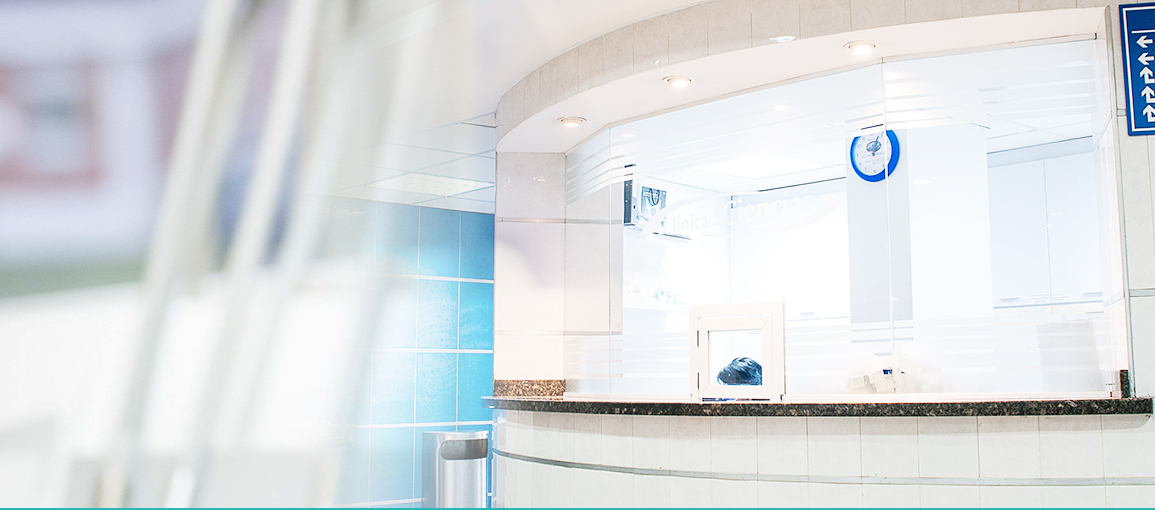|
Interviewer : How long can the membrane stay in place?
Wifi-Mesh : It is recommended that I stays in place for 3-4 weeks. This provides sufficient time for the blood clot to form, graft material to consolidate, and osseous tissue to begin forming under me.
I may be left in place longer than 6 weeks, but it is normally recommended to remove me at 3-4 weeks to allow revascularization of the soft tissue.
Interviewer : Can unused protions of the tatanium reinforced membrane be retaerilized?
Wifi-Mesh : No. These I am for a single use only and may not be sterilized or reused.
Interviewer : What is the expiration date?
Wifi-Mesh : Expiration date of the product is 3 years from manufacturing.
|



